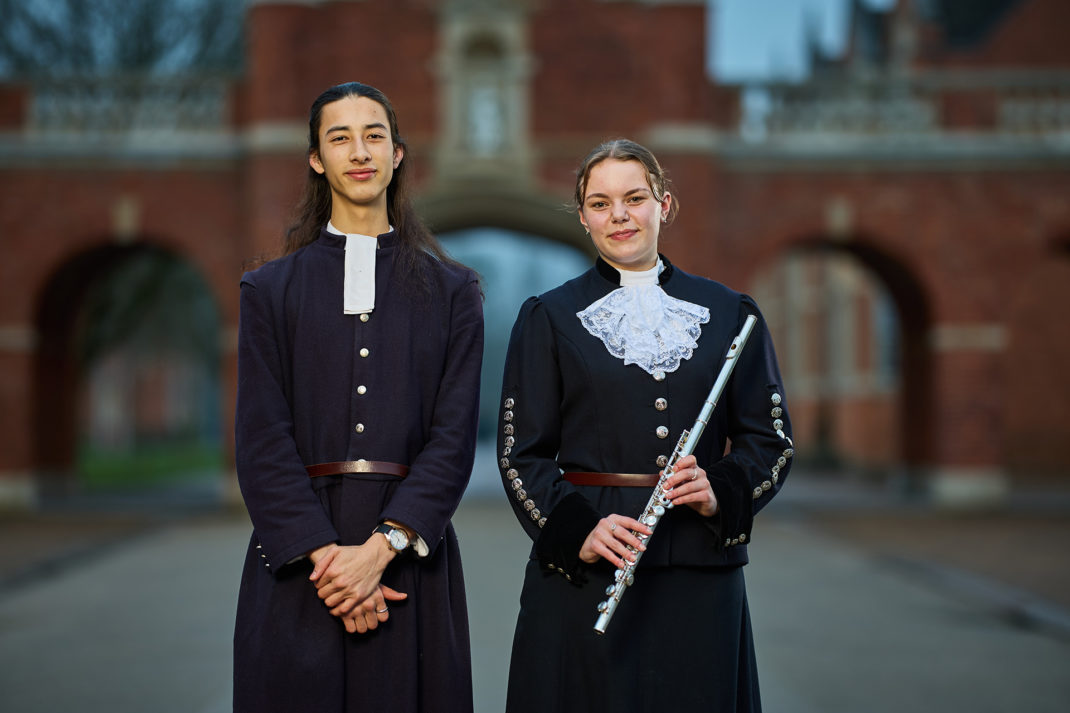Northern Independent Schools
By
6 years ago
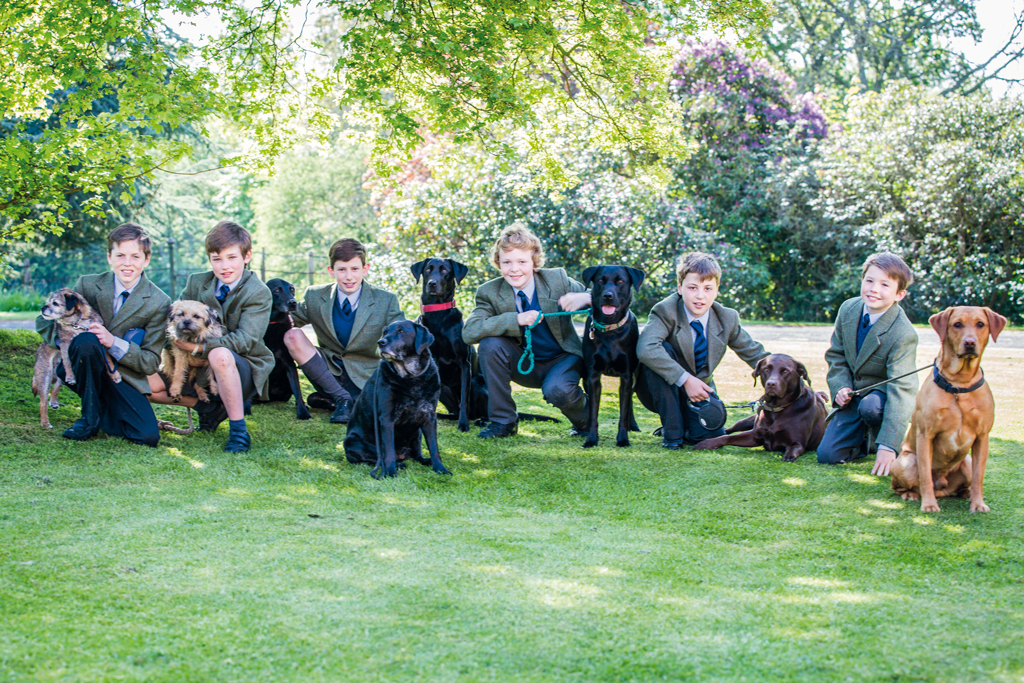
Go North
Charlotte Fairbairn finds a compelling argument for independent schools on the road to Scotland

In 2017, The Economist magazine published an article in which it alleged that the origins of the north/south divide in the UK go back to the Norman Conquest and William the Conqueror’s ‘Harrying of the North’. Over the winter of 1069–70, William ruthlessly looted and burned a number of northern cities in order to rid them of the Anglish and install Norman aristocrats instead. The repercussions of this quasi-genocide, said The Economist, linger to this day.
Whether or not this is a fair or accurate assessment of history, it remains that the UK’s north and its south are ‘unequal’. Spending on healthcare may be higher in the north, yet health is worse. House prices are lower, average earnings are lower, government investment is lower and political influence is less. Broadly speaking, the south has it.
And yet cast your eyes over the wider statistics and you will find that, in spite of the waning of George Osborne’s Northern Powerhouse Initiative, the cultural climate is changing. Thanks to the BBC’s partial relocation to Salford, Manchester is a city in the ascendant (at number 35, the highest ranked British city on the 2018 Global Liveability Scale). Alex Mahon, Chief Executive of Channel 4, has recently announced that the broadcasting company is going to open a second national headquarters in Leeds, 195 miles north of London.
Leeds, Manchester and Liverpool all feature in recent lists as excellent places to live and work; York was declared the best place to live in The Sunday Times’ 2018 guide, its combination of heritage and hi-tech giving it the national edge; Glasgow and Newcastle are rising ‘tech hotspots’, while Edinburgh has been cited as one of the best cities to base yourself if you want to launch a startup. George Osborne’s Northern initiative may be a pale shadow of its former coalition self, but nevertheless a kind of rebalancing is taking place.
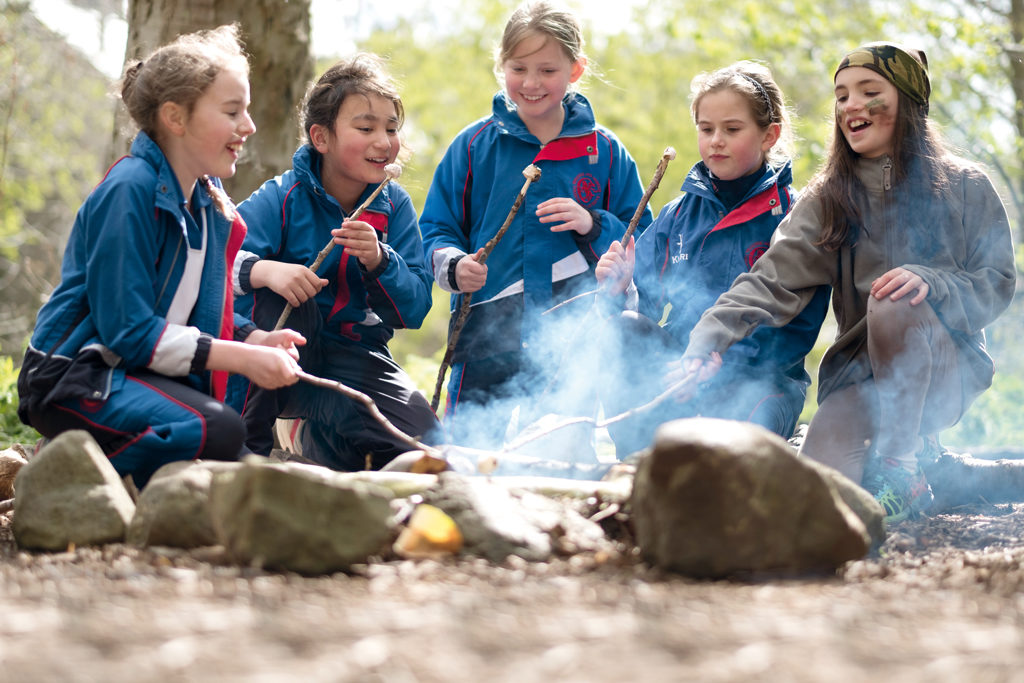
So you are a parent looking for an independent school that will best suit your child. Should you too be turning your gaze northwards? If these northern cities have been increasingly highly rated, perhaps there is something in it? The wind is in the sails of the north. Perhaps the same applies to their boarding schools?
Sweep your eyes across the UK map north of the M25 and you will find a plethora of compelling boarding school options. Shrewsbury, for example, with its gorgeous green campus overlooking the River Severn; Ampleforth College, standing on its own promontory overlooking the Howardian hills of North Yorkshire; Sedbergh, in the westernmost reaches of the Yorkshire Dales National Park; Stonyhurst, with its medieval tradition, its grade I-listed building and its seat at the edge of the Trough of Bowland.
Or sweep them further still, to north of the border: among the genteel Georgian charms of Edinburgh, there is Fettes or Merchiston or St George’s School for Girls. Glenalmond in Perthshire; Gordonstoun in Nairn. Not forgetting those delightful Scottish prep schools:
Ardvreck in Perthshire and Belhaven in East Lothian.
While some of these schools may seem far away, travel times are considerably shorter than you might imagine. Trains from London to Lancaster (Sedbergh) take just over two hours; it is two hours and 20 minutes from London to Aysgarth. Edinburgh by train is less than
five hours and by plane, 1 hour and 15 minutes. It is less than three hours from London to Ampleforth. If Gordonstoun was in your sights, you could reach it also in around 5.5 hours. As one parent put it, ‘Travel times across London more often than not exceed an hour in one direction, and that is a daily commitment for many pupils.’
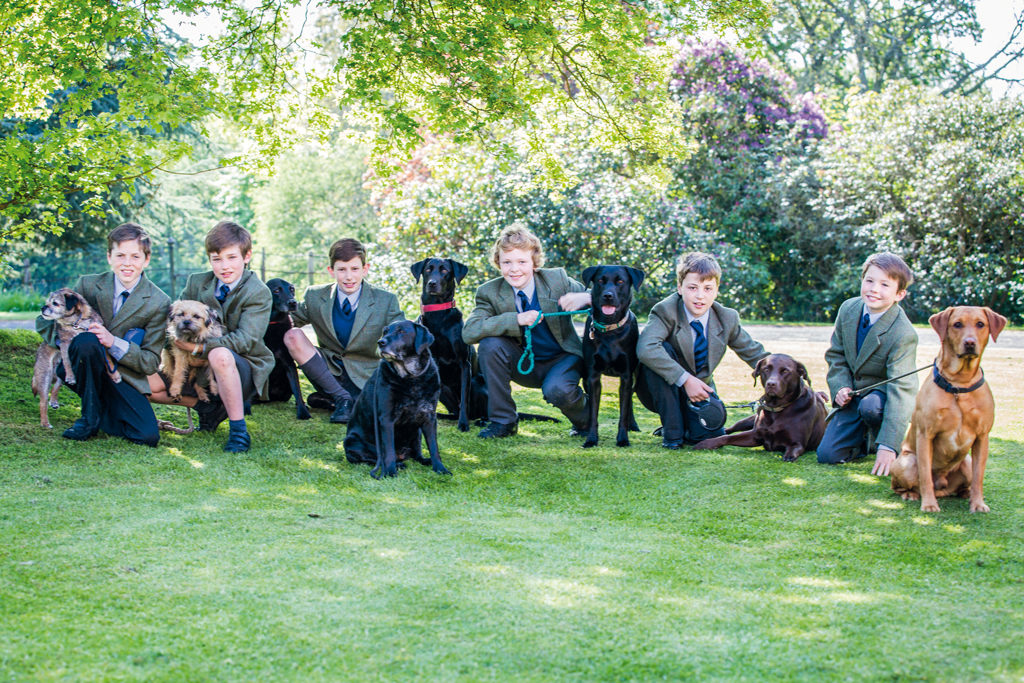
Rob Morse has been head of Aysgarth for four years. The boys-only prep school has a remarkable record for sending pupils to the big academic goliaths of the south: Eton, Westminster and Harrow among them. He is a
staunch believer in schools of the north, particularly the prep schools. ‘By our very nature, northern prep schools tend to be boarding and tend to be full boarding. It is then, I think, that you can really invest in the children. Full boarding allows you to have that breadth of timetable and curriculum and cover a wide range of activities. This is far less easy to achieve in a flexi-boarding or very hectic day environment.’
More practically, Morse believes that prep schools, if not all boarding schools, in the north, have something that their southern counterparts lack, and that is space. ‘Parents are looking for the opportunity to give their children more of a childhood. This, I think, is becoming an increasingly important consideration. Indeed, in my four-year tenure, we have seen a big increase in numbers of children coming from London.’
Jeremy Walker was appointed head of St Peter’s, York, in January 2019. He came from a previous headship at King’s Rochester, so his perspective on the difference between the educational atmosphere north and south is fresh. ‘St Peter’s is one of the world’s oldest private schools. By the time Guy Fawkes was an old boy, the school had already existed for a millennium and we enjoy a great position. There is space here. We may be in the city of York but we have a 50-acre campus with direct access to the River Ouse.’
And again, fresh air is a major boast of Ampleforth College, remarkably fortunate to stand in its own estate. A campus of 2,200 acres (in a designated Area of Outstanding Natural Beauty) means that even the
three mile cross-country run remains on school-owned land. Ten per cent of the school’s 600 co-ed intake is from London and, as Sarah Opie, Director of Marketing, says, ‘Although we are barely three hours from London, here it is a completely different world. There is no traffic, no pollution and there are no crowds. We can offer pupils a healthy and balanced life, and for London parents, this is increasingly appealing’.
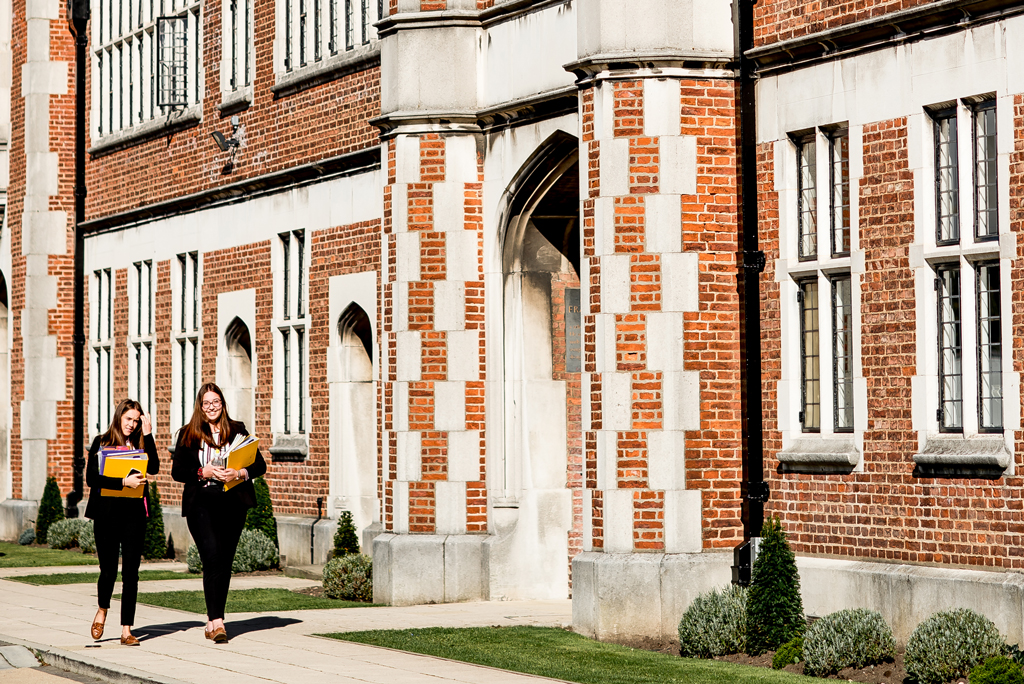
Acknowledging that space (and beauty of setting) is one of their strongest suits, in 2018, Ampleforth launched a BTEC programme in subjects particularly relatable to a rural setting. ‘Sixth-form members were leaving us, reluctantly, because they wanted to take BTECs,’ says Sarah Opie, ‘So, we decided to offer Countryside Management, Enterprise and Entrepreneurship and Hospitality, which can be combined with A-level study. This practical, vocational training takes place around the estate. Countryside Management students look at the impact of climate change on the environment. The scheme has been a huge success.’
Of course, Ampleforth, like Stonyhurst, is a Catholic school. The former Benedictine, the latter Jesuit, these are relatively thin on the ground. While 30 per cent of Amplefordians are non-Catholic, this nevertheless might be reason enough for you to choose either school. The Ampleforth values (laid down by monks in the sixth century) centre around faith, scholarship and community. ‘These values,’ says Sarah Opie, ‘inform how the school is run. The house system is vertical, not horizontal. Non-Catholic parents appreciate the strong moral compass that is the natural legacy of this.’
Further north again, and enjoying all the space and freedom that a rural setting can offer, Gordonstoun is an extremely popular option for parents who want their children to be able to combine the academic with outdoor challenges. Its founding father, Kurt Hahn, was behind the Round Square movement (now an international forum for 200 schools worldwide), and also involved in the foundation of the Outward Bound organisation
and the Duke of Edinburgh award scheme.
Full boarding in a completely rural setting may not suit your child. In Edinburgh, there are several options where boarding is offered and city life is too. Alex Hems, recently appointed head of St George’s School for Girls in Edinburgh (she was previously deputy head at Wycombe Abbey, Buckinghamshire), believes strongly in the advantages of this: ‘Edinburgh is such a great city. It’s a lovely blend that has all the cultural advantages while still being on a human scale. We are a 15-minute walk from Edinburgh’s West End and yet the countryside is on our doorstep. This is great for all our boarders and comes into its own for girls in the sixth form as it makes the transition from school to university easier.’
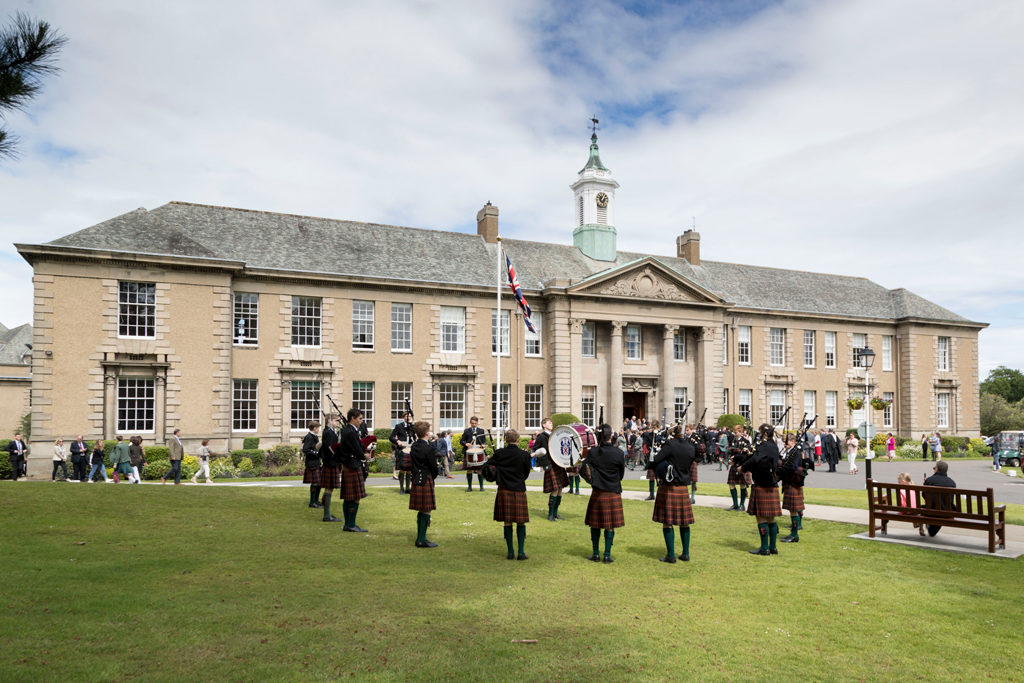
Merchiston Castle in Edinburgh for your boy; Fettes for your boy or girl: both offer boarding and have excellent academic records. Tony Blair may be one of the more notable old Fettesians, but its alumni include Angus Deaton (2015 winner of the Nobel Prize for Economics) and William Lorimer, famous for his translation of the Bible into Scots. From Merchiston sprang George Mackenzie Brown, publisher of Conan Doyle, and WRD Fairbairn, a leading psychoanalytical thinker, who is much studied to this day.
In February 2019, Ampleforth commissioned a study from Markettiers that surveyed 1,032 parents. It found that London parents spend more than £11 million a year on extra-curricular activities, including breakfast clubs and tutoring. In that same study, 40 per cent of those questioned said they would consider sending their children to a boarding school in the country. As Alex Hems summarises, ‘We see far less pressure on children up here. That is very refreshing.’
This article was originally published in School House Magazine AW19. Red more like this here.

